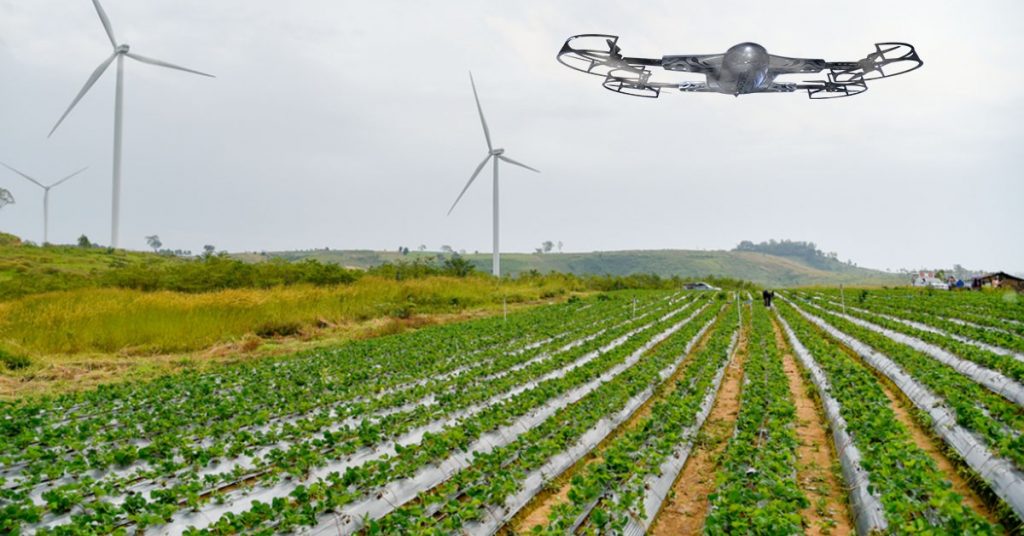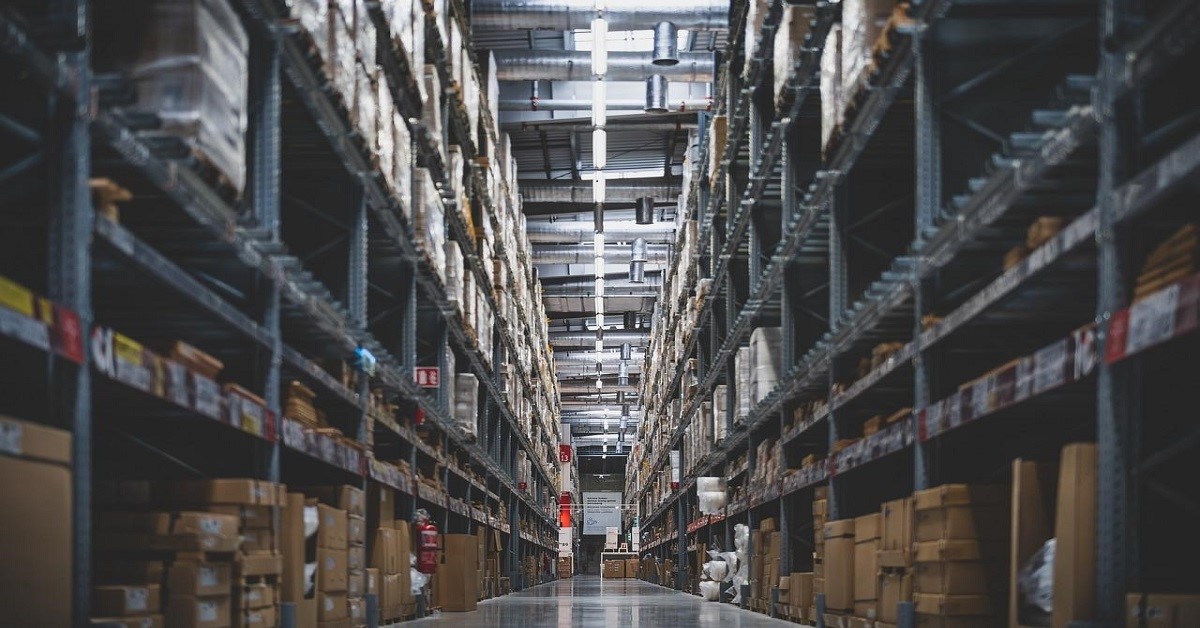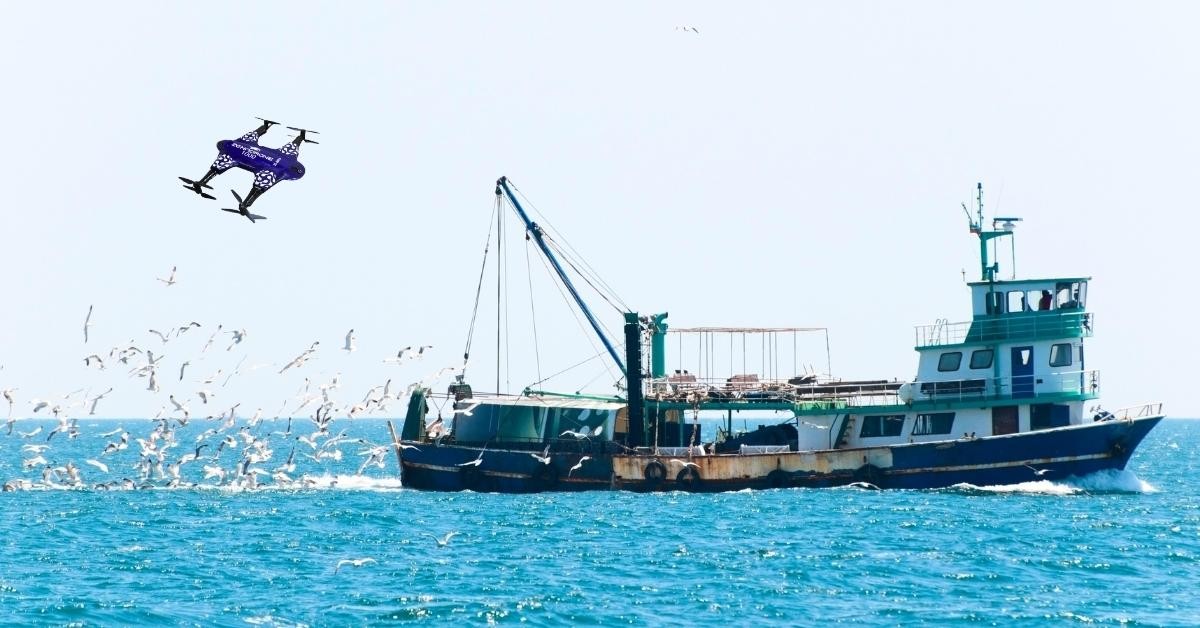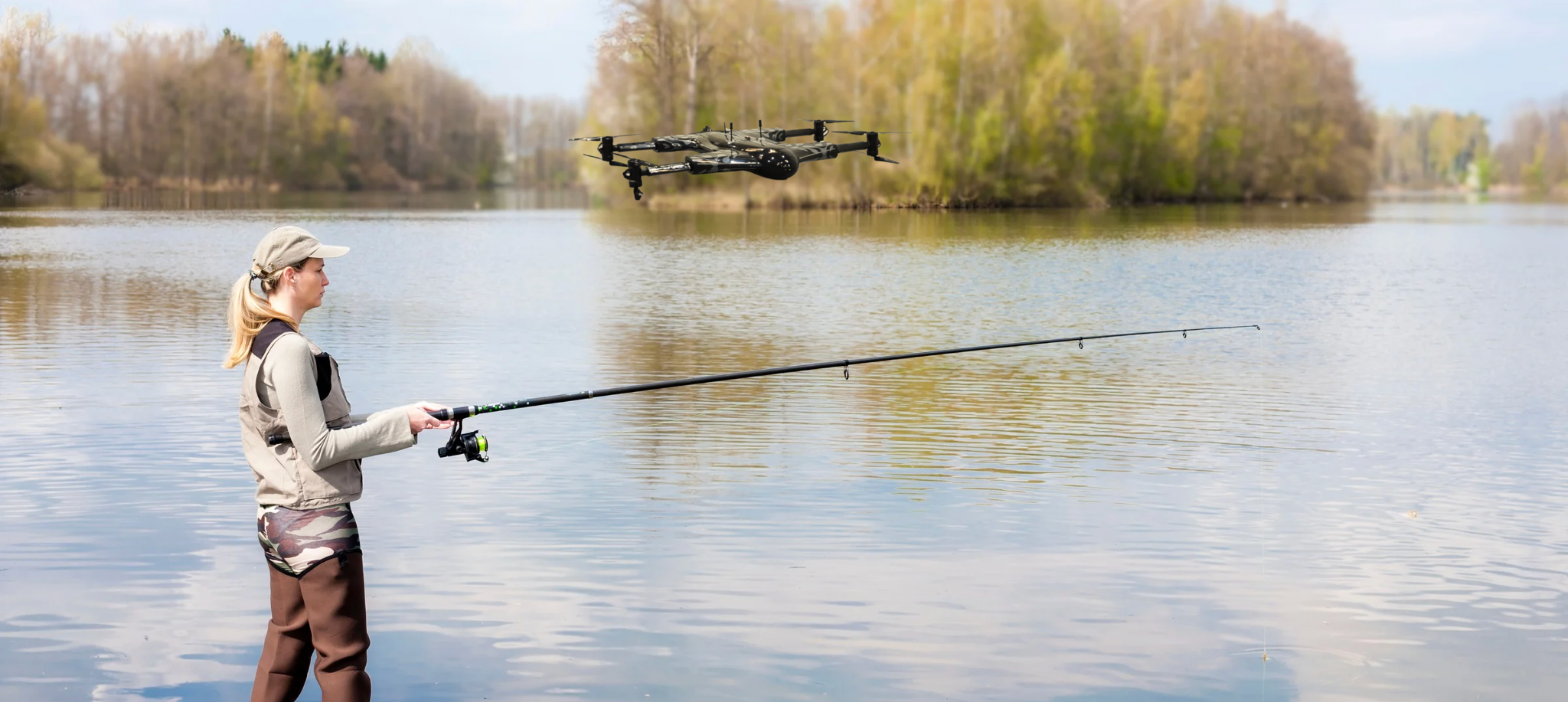The Benefits and Uses of Agricultural Drones in 2025

Agriculture has undergone significant transformations with the rise of technology, and one of the most promising advancements is the use of drones. Also known as unscrewed aerial vehicles (UAVs), agricultural drones are increasingly used to enhance productivity, monitor crop health, and streamline farm operations. This article delves deep into the benefits of agrarian drones, their uses in modern farming, and how they are revolutionizing agribusiness in 2025.
What Are Agricultural Drones?
Agricultural drones are UAVs specifically designed for agricultural applications. They are equipped with sensors, cameras, and spraying systems that enable them to perform various tasks such as crop monitoring, irrigation management, and pesticide application.
Benefits of Using Drones in Agriculture
Increased Efficiency
Drones help farmers save time and labor by automating crop monitoring and spraying tasks. Unlike traditional methods, drones can cover large areas quickly and with a minimal workforce.
Cost Reduction
Using drones reduces the need for manual labor and expensive machinery. They also help in precision agriculture, ensuring that resources like water, fertilizer, and pesticides are used optimally.
Improved Crop Monitoring
With multispectral and thermal sensors, drones can provide real-time data on crop health, moisture levels, and pest infestations. This helps farmers take timely actions and prevent crop loss. As a result, there has been a rise in various trends in the agricultural drone sector. Here are some of the biggest trends to keep an eye on:
Enhanced Irrigation Management
Drones for irrigation can identify dry areas within a field, helping farmers to apply water where it is most needed. This targeted approach conserves water and supports sustainable farming. Pesticide and fertilizer spraying is another application in which drones are seeing more use. Aside from reducing overall costs, they also reduce the risk of exposing workers to dangerous chemicals.
Better Data Collection
High-resolution imagery and real-time video allow for detailed analysis of crop conditions. This data-driven approach enables informed decision-making and strategic planning.
Environmental Benefits
By applying inputs more accurately, drones help minimize the environmental impact of farming. This includes reducing chemical runoff and conserving natural resources.
How Are Drones Used in Agriculture?
Crop Scouting and Health Assessment
Drones fly over fields to capture images that reveal issues like nutrient deficiencies, pest infestations, and disease outbreaks. These insights enable targeted interventions.
Fertilizer and Pesticide Application
Fertilizer drones and drone sprayers distribute chemicals evenly and precisely, reducing waste and preventing overuse. This not only lowers costs but also enhances crop yield. So, what’s next for drones? These are the most significant things to expect when it comes to drones in agriculture:
Planting and Seeding
Some advanced agricultural drones can drop seeds directly into the soil, making reforestation and cover cropping more efficient.
Livestock Monitoring
Though less common, drones are also used to monitor livestock movement and health, particularly in large ranches or remote areas.
Mapping and Surveying
Drones create 3D maps and topographical models that help plan field layouts, drainage systems, and soil analysis.
Real-World Applications and Examples
Farmers Using Drones
Farmers in many parts of the world are adopting drone technology to increase yield and efficiency. From large-scale commercial farms to small family operations, drones are becoming widespread.
Drones for Irrigation
Advanced models help detect areas suffering from drought stress. By analyzing vegetation indices, drones guide irrigation schedules to optimize water use.
Fertilizer Drone in Action
Fertilizer drones equipped with variable rate technology can adjust the amount of fertilizer dispensed based on the crop’s needs, ensuring uniform growth.
Using Drones in Agriculture and Natural Resources
Beyond farming, drones are also used to monitor forests, assess land degradation, and support conservation efforts.
The Best Agricultural Drones of 2025
Choosing the best ag drone depends on the specific needs of the farm. In 2025, some of the top models include:
- DJI Agras T40: Known for its high payload and intelligent flight planning.
- Parrot Bluegrass Fields: Great for crop scouting and analysis.
- XAG P100: A multifunctional drone suitable for spraying and data collection.
- The ZenaDrone 1000 is an advanced uncrewed aerial vehicle (UAV) designed to enhance precision farming by integrating innovative hardware with intelligent software.
Each model has advanced features like GPS guidance, obstacle avoidance, and real-time data streaming.
Drone Services for Agriculture
Farmers who prefer not to invest directly in drone equipment can take advantage of professional drone services. These services typically include:
- Aerial surveying
- Crop spraying
- Data analysis and reporting
- Equipment rental
Such services make agricultural drones in Alabama accessible to small and medium-sized farms, helping them benefit from advanced technology without a large upfront cost. Whether it’s for precision agriculture or efficient crop management, agricultural drones in Alabama are becoming a valuable tool across the farming community.
What Are the Benefits and Drawbacks of Agriculture Drones?
Benefits
- Time-saving and labor-efficient
- Reduces input waste
- Provides actionable insights
- Improves yield and profitability
Drawbacks
- Initial investment cost
- Requires training and licensing
- Weather-dependent operations
- Regulatory challenges in some regions
Why Are Drones Highly Suggested in Agriculture?
Drones are highly recommended for modern farming due to their precision, speed, and scalability. They align perfectly with the goals of smart farming and sustainable agriculture. Whether its detecting crop issues, managing irrigation, or applying fertilizers, drones consistently deliver accurate results with minimal environmental impact. With the increasing adoption of drones in Alabama, farmers are experiencing greater efficiency and productivity in their daily operations. The use of drones in Alabama is transforming traditional agriculture by making advanced technology accessible and practical for farms of all sizes.
How Are UAVs Used in Agriculture Today?
UAVs are being used for:
- Monitoring crop growth stages
- Identifying pest and disease hotspots
- Managing irrigation and drainage
- Analyzing soil health
- Enhancing precision farming
Can I Purchase a Drone for My Agriculture?
Yes, purchasing a drone for agricultural use is now easier than ever. However, it’s essential to:
- Define your farming needs
- Choose a model with the right features
- Get proper training and certification
- Stay updated with local regulations
Many suppliers also offer bundled software, training, and support packages.
Conclusion
Agricultural drones are more than just flying cameras, they are transformative tools that empower farmers to make data-driven decisions, conserve resources, and boost productivity. With rapid advancements in drone technology, the agriculture industry is becoming more efficient, sustainable, and profitable. As we move into 2025 and beyond, embracing drone technology will be a key differentiator for modern farming success. Whether you’re a smallholder farmer or a large agribusiness, the time to explore the benefits of Alabama drones in agriculture is now. From crop monitoring to resource management, Alabama drones are helping reshape the future of farming across the state.
FAQs About Agricultural Drones
Q1: Why are drones important in agriculture?
Drones help farmers save time, reduce costs, and make better decisions through accurate, real-time data.
Q2: How are drones currently being used in agriculture?
They’re used for crop monitoring, spraying, mapping, and detecting plant health issues early.
Q3: What is drone technology in agriculture?
It’s using drones with cameras and sensors to improve farming efficiency and precision.
Contact Us
Thank you for your message. It has been sent.
Latest Posts
Social Profiles















